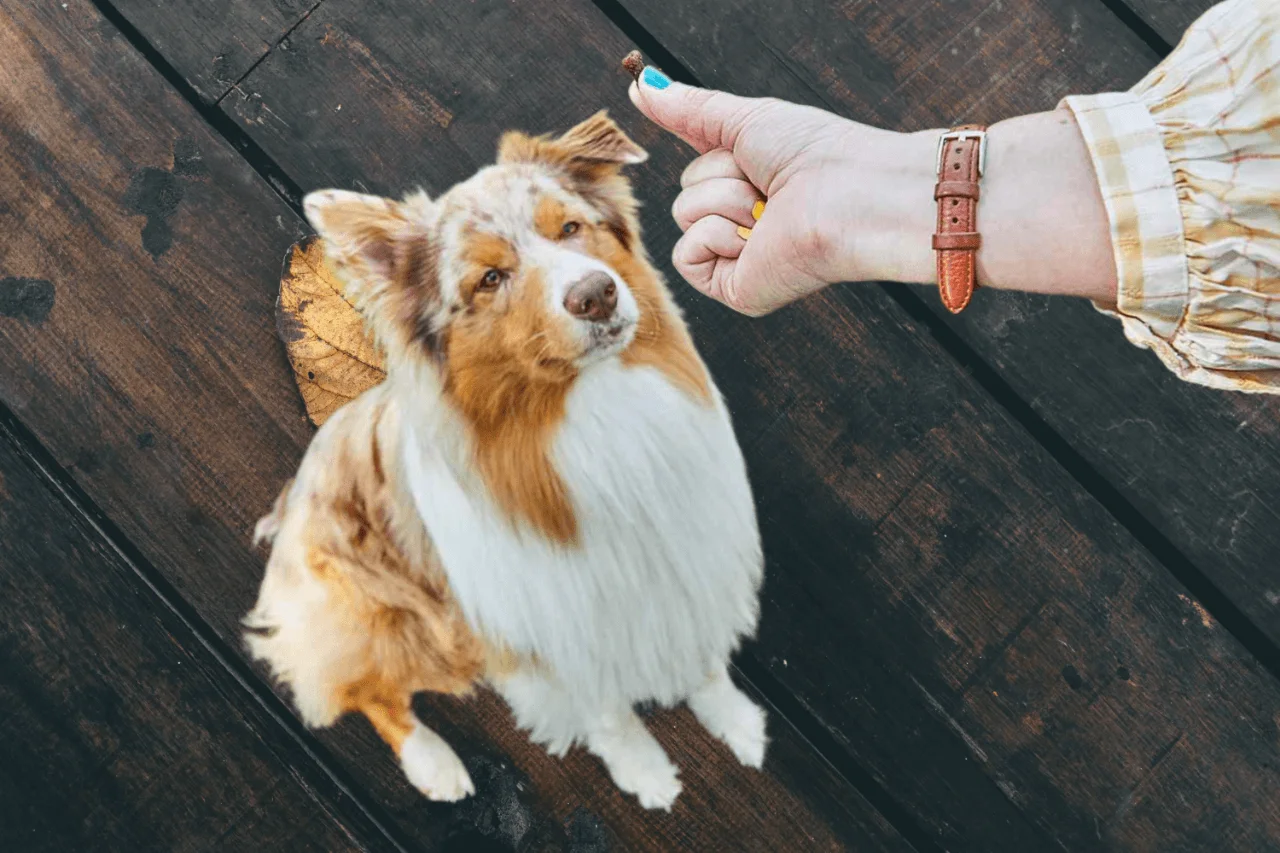Teaching your dog to “come” is key for their safety and your bond. It’s a basic command that helps keep your dog safe, even when they’re distracted. It’s important for any dog owner who wants their pet to come back when called.
Teaching your dog to come is a vital skill. It can mean the difference between a safe, obedient dog and a risky situation. Whether you’re at the park, beach, or backyard, it’s crucial for their safety.

In this guide, we’ll show you how to teach your dog to come. We’ll also cover how to fix common problems. By the end, you’ll know how to make your dog a well-trained, obedient friend.
Dog Training: Come – Step-by-Step Guide
Teaching your dog to come is key in dog training. It keeps them safe and obedient. Here’s a guide to teach your dog the “come” command and tackle common challenges.
Mastering the “Come” Command: Troubleshooting Tips
Teaching the “come” command can be tough. Here are some tips to help you:
- Use treats and praise to reward good behavior.
- Don’t punish your dog for not coming. It can make them less likely to listen.
- Practice in a quiet place first, then add distractions.
- Keep training sessions short and fun to keep your dog interested.
Dealing with Distractions
Dealing with distractions is a big challenge. Here’s how to help your dog focus:
- Begin training in a quiet, familiar spot with few distractions.
- As your dog gets better, add more distractions like people or toys.
- Use high-value treats to motivate your dog to listen to you, even with distractions.
- Practice the “come” command during walks or playtime to teach it in different situations.
By using these techniques and tips, you can master the “come” command. This ensures your dog will always come back to you.

Conclusion
Mastering the “come” command is key for any dog owner. It keeps your dog safe, strengthens your bond, and makes your relationship better. This article has given you the steps and tips to teach your dog to come back to you, even when there are distractions.
Training your dog takes time and effort, but it’s worth it. A well-trained dog is safer and less likely to get into trouble. This means you can enjoy outings without worry and have a closer bond with your dog.
The “come” command is more than just a trick. It’s a lifesaver in emergencies. By teaching your dog this command, you’re showing you care about their safety. Enjoy the journey of training and the joy of having a dog that always comes back to you.
FAQ
Why is teaching the “come” command important for dog owners?
The “come” command is key for your dog’s safety and your bond. It lets you quickly call your dog back in risky situations, like near roads or strange animals. Learning this command also builds trust and better communication with your pet.
What are the key steps in training a dog to “come” reliably?
Training the “come” command involves several steps. First, start in a quiet place. Then, use a happy voice and rewards to link the command. Next, increase the distance and distractions slowly. Practice often and stay patient and consistent.
How can I overcome challenges in “come” command training?
Challenges like distraction or refusal to come can happen. Use high-value treats and train in small steps. Never punish your dog for not coming. Stay patient, consistent, and positive to overcome these hurdles.
What are some tips for keeping my dog’s attention during “come” training?
Keeping your dog focused is vital. Try new places for training to keep it fun. Use their favorite toys or treats as rewards. Add playtime to sessions and avoid overtraining to prevent boredom or frustration.
How can I maintain my dog’s reliable “come” response in the long-term?
Keep practicing the “come” command in different places. Increase distractions and distance slowly. Reward your dog with praise, treats, or playtime. Never punish them for not coming, as it can harm your bond and their trust in the command.

[…] place and way a pet is raised can affect its behavior and bite risk. Poor socialization, lack of training, and being exposed to bad situations can make […]
[…] the end of the day, trust your instincts. You know your dog better than anyone else. If you feel comfortable and your dog seems happy, you’ve likely found a good […]